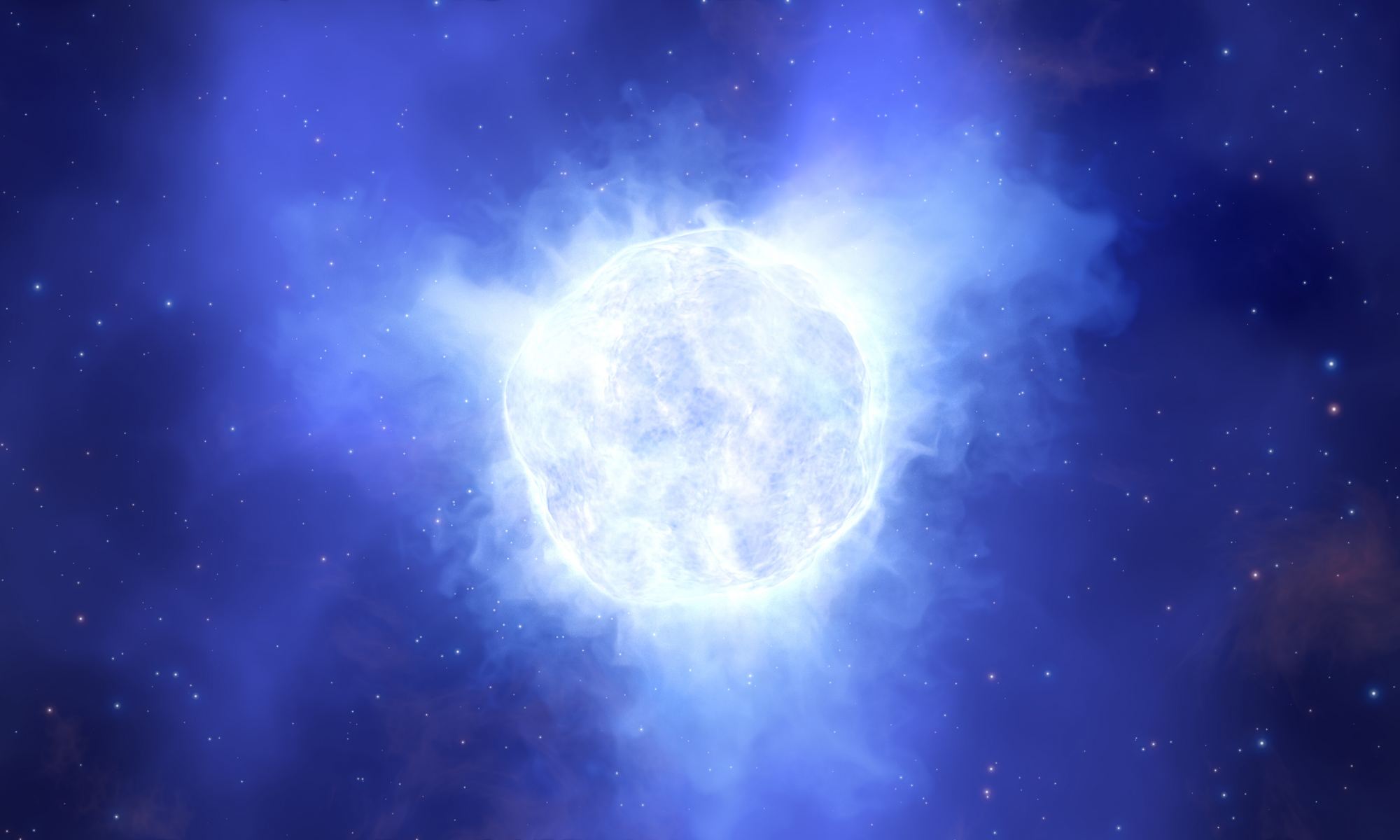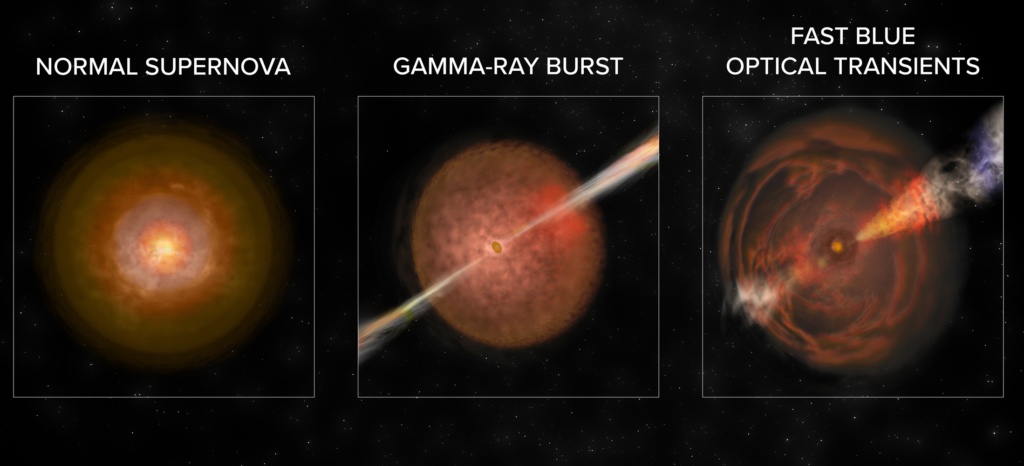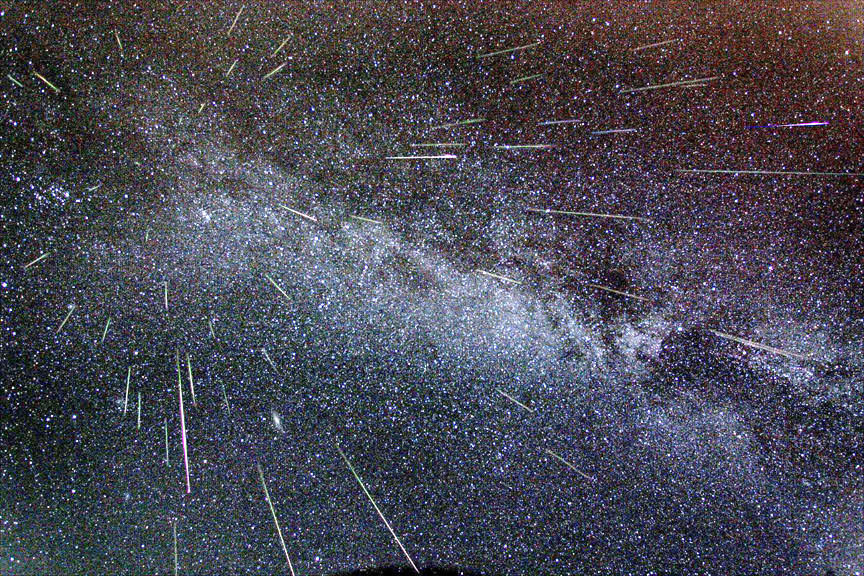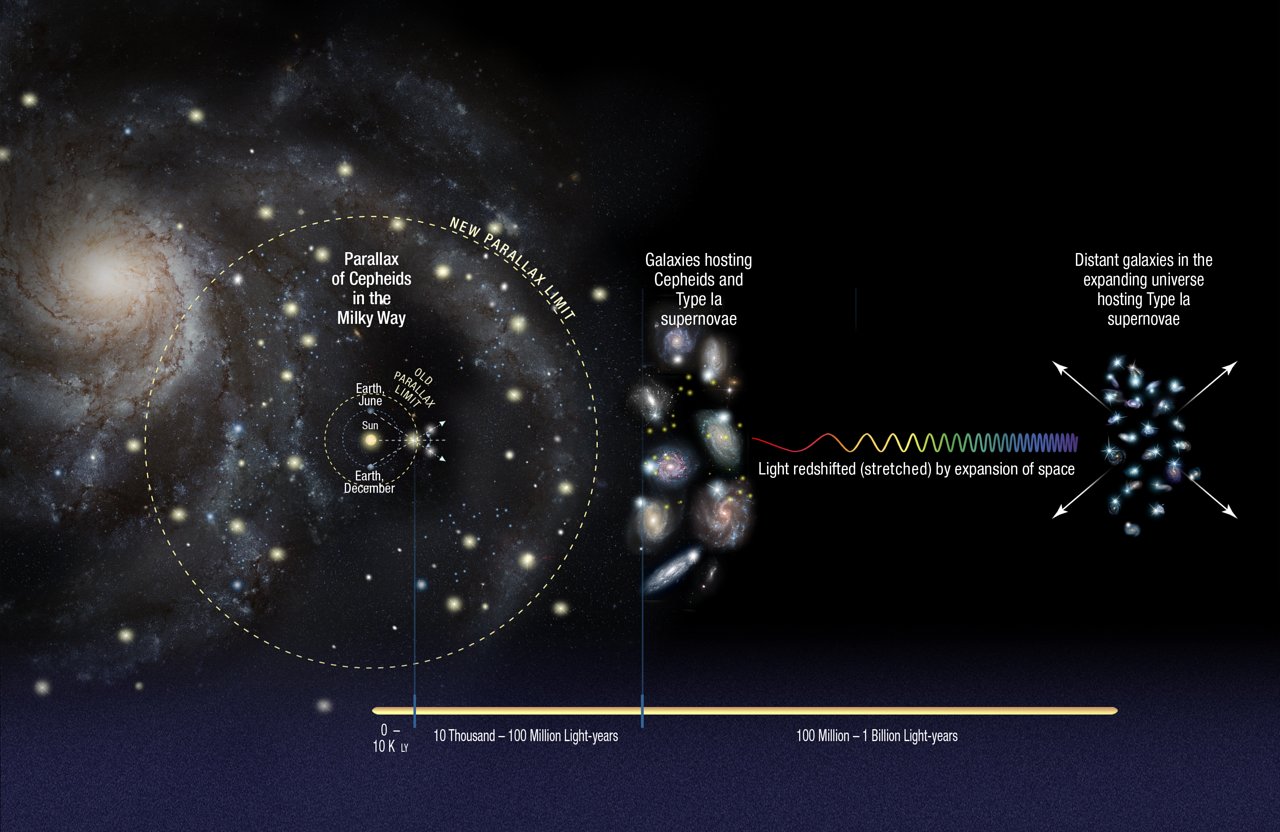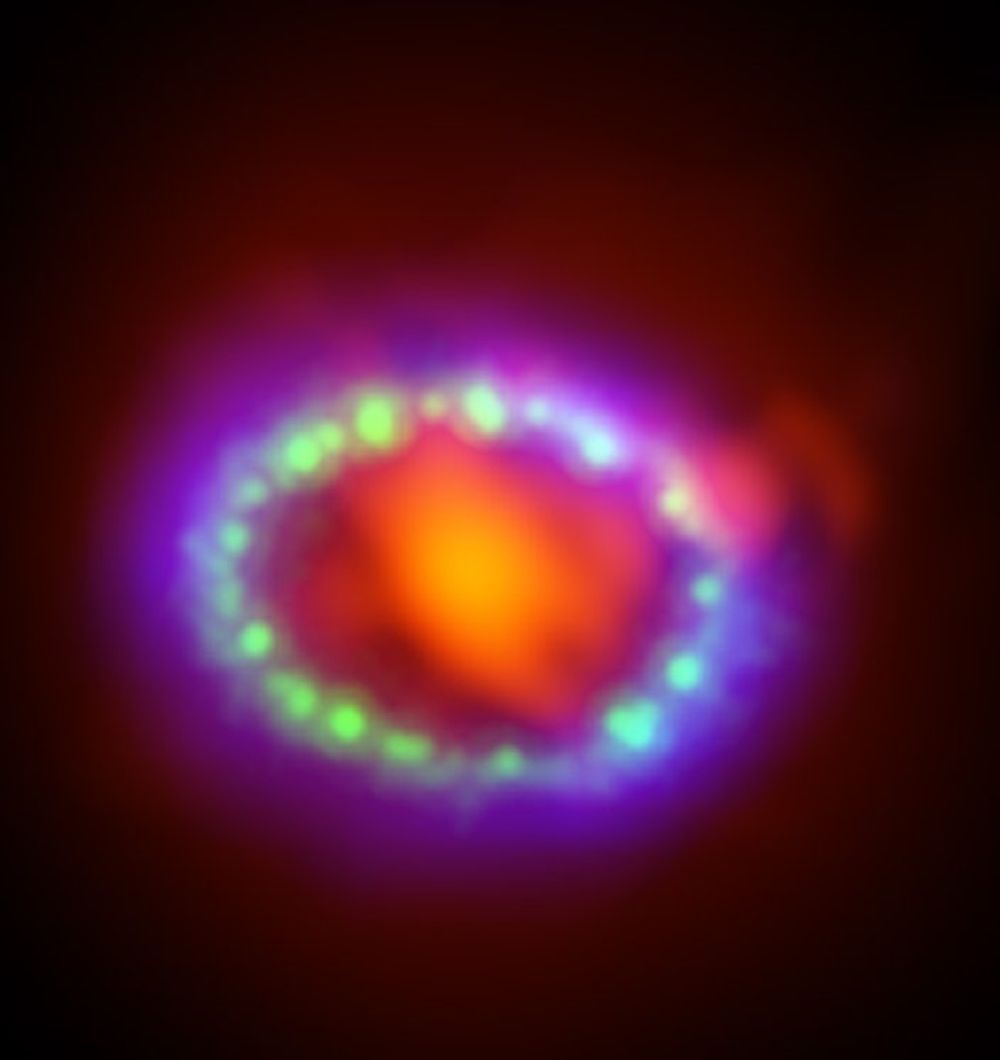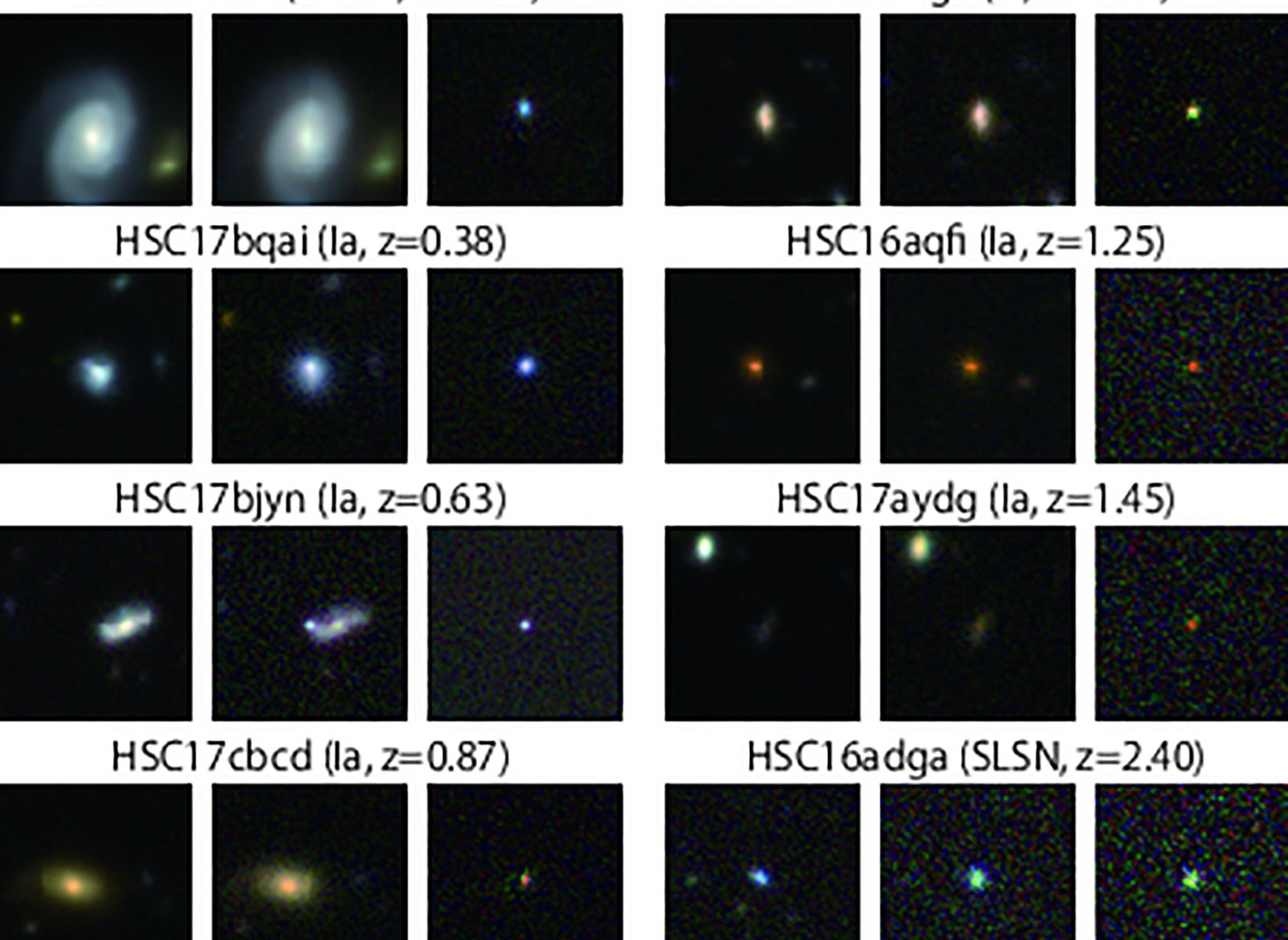Large stars have violent deaths. As they run out of hydrogen to fuse, the star’s weight squeezes its core to make it increasingly hot and dense. The star fuses heavier elements in a last-ditch effort to keep from collapsing. Carbon to Silicon to Iron, each step generating heat and pressure. But soon it’s not enough. The fusion even heavier elements don’t give the star more energy, and the core quickly collapses. The protons and neutrons of nuclei collide so violently that the resulting shock wave rips the star about. The outer layers of the star are thrown outward, becoming a brilliant supernova. For a brief time, the star shines brighter than its entire galaxy, and its core collapses into a neutron star or black hole. It was thought that all large stars end with a supernova, but new research finds that might not be the case.
Continue reading “Astronomers Might Have Seen a Star Just Disappear. Turning Straight to a Black Hole Without a Supernova”Astronomers Might Have Seen a Star Just Disappear. Turning Straight to a Black Hole Without a Supernova
